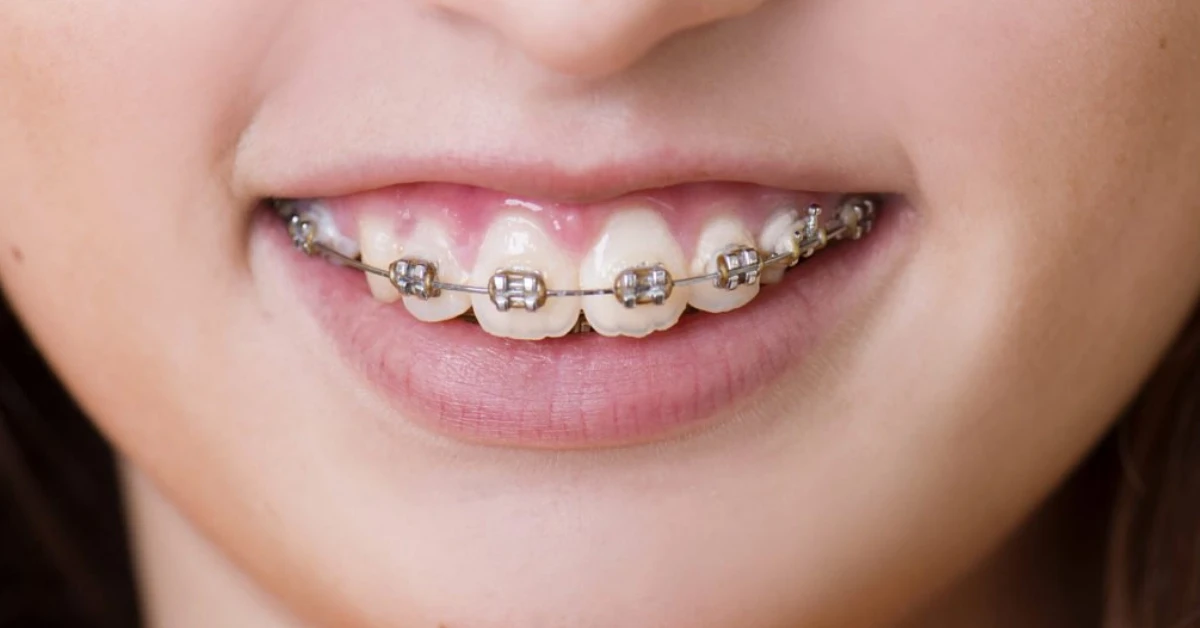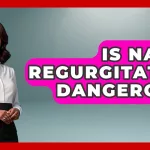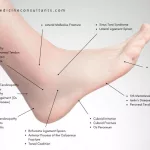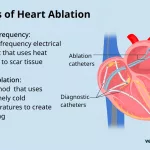Why Picking the Right Braces for Teens Is a Bigger Deal Than You Think
Let’s just be real for a second: getting braces is sort of a universal teen rite of passage—right up there with finding your signature hairstyle or realizing you hate early mornings. They’re awkward, shiny (sometimes), and, let’s face it, not exactly anyone’s idea of a good time. But you know what? Braces truly can change a life. I mean, have you ever seen someone finally smile wide after years of hiding their teeth? It’s like watching someone take a deep breath after holding it for years. Yeah…it’s actually a big deal.
Maybe you’re the teen thinking about braces, or maybe you’re the parent glued to the other side of this screen, worried about costs, pain, or whether your kid will actually wear their retainer (more on that chaos later). Either way, you want the best braces for teens—something that’s going to work, but also fit your life, your wallet, and hey, your vibe.
Let’s talk about what really matters, the good, the bad, and all that “what if my bracket pops off?” messy in between. Ready? Let’s get straight into it (pun intended).
What Braces Actually Do & Why They Matter for Teens
Picture this: you’re thirteen, and your teeth look…well, let’s just call it ‘creative.’ (No shame, my teeth looked like I got into a fight with a popcorn kernel and lost. Badly.) Crooked teeth, crowded bites, and random gaps aren’t just a cosmetic hassle, they mess with chewing, speaking, and sometimes even breathing right. And for teens, who already have enough to stress about, having a smile you’re embarrassed by just adds another layer of “ugh, why me?”
That’s where braces step in like the unsung heroes of dental drama. They gently guide teeth into better positions over time. Not instant—no fairy-tale magic here—but the change is real. Teeth straighten out, bites align, and, most importantly, teens get to feel good about flashing a grin. And that, honestly, is priceless.
What Exactly Makes Some Braces ‘Best’ for Teens?
So, “best” doesn’t just mean “fancy” or “expensive.” The best braces for teens are the ones that fix the problem, feel bearable to wear, and maybe (fingers crossed) are even sort of cool. For teens dealing with everything from severe crowding to cute-but-annoying gaps, braces—whether traditional metal or clear—can really make a difference. Some teens love the classic metal look (hello, colored bands!), while others crave the near-invisible clear types. Both work using the same science, just with different materials and vibes. No one-size-fits-all answer—your unique grin deserves a unique plan.
Traditional Braces vs. Clear Braces: What’s the Real Difference?
Okay, decision time—do you go classic metal and lean into those shiny brackets (and, let’s be honest, sometimes food souvenirs after lunch) or do you level up to clear braces and fly a little under the radar?
Traditional braces are what most people think of—metal brackets, colorful elastics, lots of photos you’ll laugh at in five years. They’re tough, reliable, and typically a little less expensive. Clear braces—usually made of ceramic—blend in more, making them harder to spot in yearbook photos. They work the same way as metal, just with more “hidden” power.
| Type | Look | Durability | Cost Range | Who Loves It |
|---|---|---|---|---|
| Metal Braces | Visible, classic | Very strong | Usually lower | Active teens, anyone who loves color bands |
| Clear Braces | Less noticeable, blends with teeth | Can chip easier | Usually higher | Teens worried about appearance |
I’ve seen friends swap metal for clear halfway through treatment (“I want something subtler for prom!”), and both camps ended up grinning wide in their ‘after’ selfies. What matters most is picking the style you’ll feel okay about…because you’ll be wearing these for a while.
When Should Teens Get Braces? Is There a ‘Perfect’ Age?
If you’re wondering, “Is 12 a good age to get braces?”—you’re not alone. Honestly, a lot of people start treatment between ages 10 and 14. That’s because it’s the sweet spot: most permanent teeth are in, but the jaw is still growing, making things easier to move around. If you’re thinking, “What about braces at age 10?”—that’s not weird at all! (Younger kids might start early if things are really crowded or bite problems are serious.) Some orthodontists even say “the earlier, the better,” but it really depends on your teeth. Age is just one piece of the picture.
Here’s a story for you: my little sister got hers at 11 because her canines decided to set up camp in weird places, while I waited until 14 because, well, denial. Both worked out. The best age is honestly when you (and your dentist) spot problems that would be easier to fix now than later. No need to rush—or wait unnecessarily. Listen to your dentist; they’ve usually seen every situation imaginable.
How Much Do Braces Cost for Teens? (Let’s Get Real)
This might be the scariest bit for parents. I know, because my mom kept muttering, “Do they take my insurance—or my soul?” These days, the cost question isn’t just “How much do braces cost in NJ?” or “How much are braces in Hawaii?”—it’s “Can I make it work wherever I am?” Prices swing a lot based on location, type, and even your teen’s tooth drama.
| Location | Average Cost (USD) |
|---|---|
| Minnesota (MN) | $4,000 – $6,000 |
| Hawaii | $5,000 – $7,000 |
| Las Vegas | $4,500 – $6,500 |
| New Jersey (NJ) | $4,800 – $7,200 |
| Connecticut (CT) | $5,000 – $7,000 |
| San Diego | $4,600 – $7,000 |
| Massachusetts | $5,200 – $7,500 |
| Iowa | $4,200 – $6,800 |
These numbers aren’t set in stone, but you can see there’s quite a range. If you find yourself searching for “monthly payment for braces” or “cost of braces in NJ,” you’re right on track—most orthodontists offer payment plans. Some are zero-interest if you ask (gently). Yes, every practice will break it down for you, so ask for the nitty-gritty.
And let’s not skip the “little” things: How much does a broken bracket cost? Sometimes $50–$150, depending on where you live and how often it happens. (“Please don’t bite into that caramel apple…”) How much is a new retainer with insurance? If you lose it (been there), expect $100–$500 out of pocket—but some insurance covers part of it. So always check. And then double check.
How About Insurance, Medicaid, and “Can I Get Braces with Medical?”
Insurance is the wild card here. “Can I get braces with medical?” is a fair question. Some dental or medical insurances cover part (or rarely, all) of braces for teens if there’s a medical reason like a big bite problem or jaw pain. And if you’re wondering, “Does Medicaid pay for braces for adults?”—it sometimes covers kids and teens if there’s a real health need, but less commonly for grown-ups. It truly comes down to the state rules, some paperwork, and how persuasive your dentist is at explaining “medically necessary.”
In my circle, one parent got Medicaid to cover 75% for their teen’s severe overbite, while another paid out-of-pocket because insurance didn’t see a “real” problem. It’s worth checking. Bonus tip: ask for a pre-authorization letter before starting—it can save months of headache.
What’s Daily Life Really Like with Braces?
Let’s talk honesty: the first few days (or weeks) are weird. Your mouth feels busy, everything tastes slightly metallic, and you suddenly notice how often you snack. I distinctly remember my friend group laughing (not always kindly) the first time I tried to eat pizza with braces. I powered through—cheese, sauce, and a bracket that popped off right before Halloween. Oops.
But you get used to it. Soreness fades. You develop ninja skills for brushing and, if you’re determined, you figure out how to chew a sandwich without launching lettuce into your elastics. My advice? Travel toothbrush in your backpack, wax for the sharp corners, and a sense of humor. Oh, and don’t miss checkups. Broken brackets (yes, they happen) mean more time in braces.
What About Braces for Adults? Is Teen Treatment Really Different?
Truth: more adults than ever are getting braces. (Shout-out to my thirty-something cousin with her brand-new smile!) But there are differences. Teens’ bones are still growing, so teeth move more easily, and problems like bite or jaw alignment get sorted out faster. With adults, things take longer, and sometimes you’ll need extra help (like surgery or more powerful appliances). If you’re curious about “braces for adults before and after,” you’ll find some impressive before/afters online (just don’t compare them directly—everyone’s mouth is unique).
Honestly, going through braces as a teen is usually simpler and, weirdly, kind of fun? You’re not alone—plenty of friends to swap elastics with or groan about food bans together.
So How Do You Choose the Best Braces for Your Teen?
Take a breath. Don’t get dazzled (or panicked) by ads. Here’s what really matters: comfort, cost, how visible the braces are, how often you’ll need appointments, and whether the orthodontist listens to your concerns. If your teen plays sports, ask about mouthguards. If they’re camera-shy, clear or ceramic braces might be worth it. Don’t love the first recommendation? Get a second opinion.
And yes, talk openly—with your teen and the orthodontist. The best results always come from honest conversations. A good orthodontist will show you photos, explain the nitty-gritty, and be upfront about costs, risks, and even retainer drama after. Trust isn’t just earned…it’s essential here.
How Do You Find Someone Trustworthy?
Easy wins: look for a licensed orthodontist (not just a regular dentist), check reviews (not the ones that sound fake, real stories count), and don’t be afraid to ask hard questions. What’s their experience level with teens? Are they chill if you miss an appointment (life happens, right)? Do their before/afters look real—not too perfect?
Red flag alert: if they pressure you to start treatment on the first visit, or costs are super vague, run. You deserve openness and honesty. According to the American Association of Orthodontists, you should always get a thorough consult, including x-rays and a full explanation of options.
Let’s Wrap Up: Braces, Smiles, and Confidence (You’ve Got This!)
Here’s what I want you to remember: getting the best braces for teens is about so much more than just straightening teeth. It’s about giving yourself (or your kid) the shot at feeling confident every day. Yeah, there’s some pain and awkwardness, but those months pass quicker than you’d think—and trust me, the result lasts way longer.
Take your time making decisions, ask all the questions you want (even the “am I going to drool a lot with spacers?” ones), and put your trust in a provider who treats you like a person, not just a patient. If you’re still unsure, that’s normal! Shoot over any questions or share your own “braces journey”—we’re all in this together, grins and all.


















Leave a Reply
You must be logged in to post a comment.